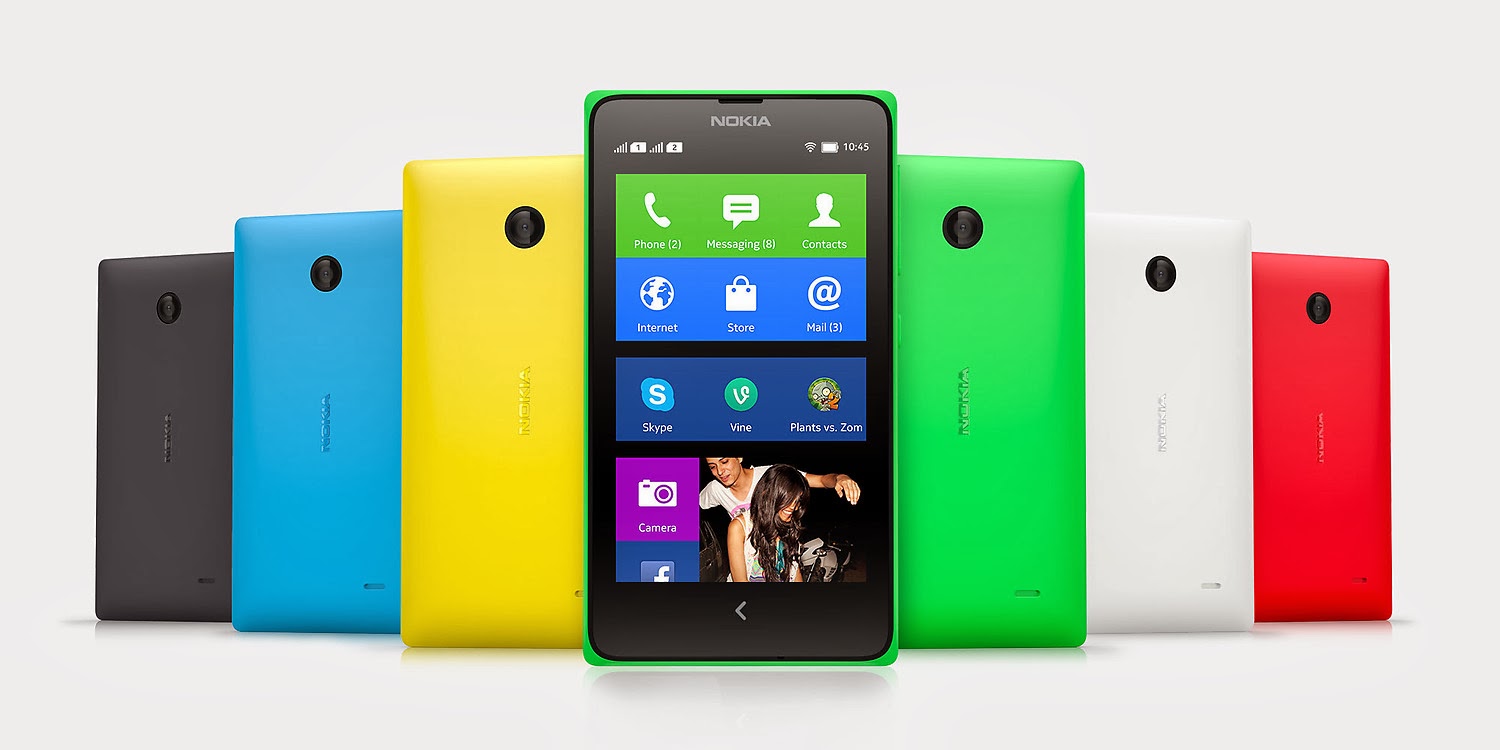Universal Mobile Telecommunications System (UMTS)
In 1988, the European Community (CEC) began a "European Advanced Communications Research (RACE)" development plan by the European 26 research units jointly develop a new generation of mobile communication systems. Called "Universal Mobile Telecommunications System", referred to UMTS, the European Telecommunications Standards Institute (ETSI) is responsible for UMTS standardization work, and with the ITU is responsible for third-generation mobile communication system IMT-2000 standardization work coordinated. Universal Mobile Telecommunications Systems is also known as 3G, a Third Generation Broadband which based on GSM standard. UMTS is use Wide-band Code Division Multiple Access to provide a efficient and bandwidth to mobile network operators. UM TS as a complete 3G mobile communication technology standards, UMTS air interface is not limited to the definition. In addition to WCDMA air interface technology as the preferred access to constantly improve the outsid

